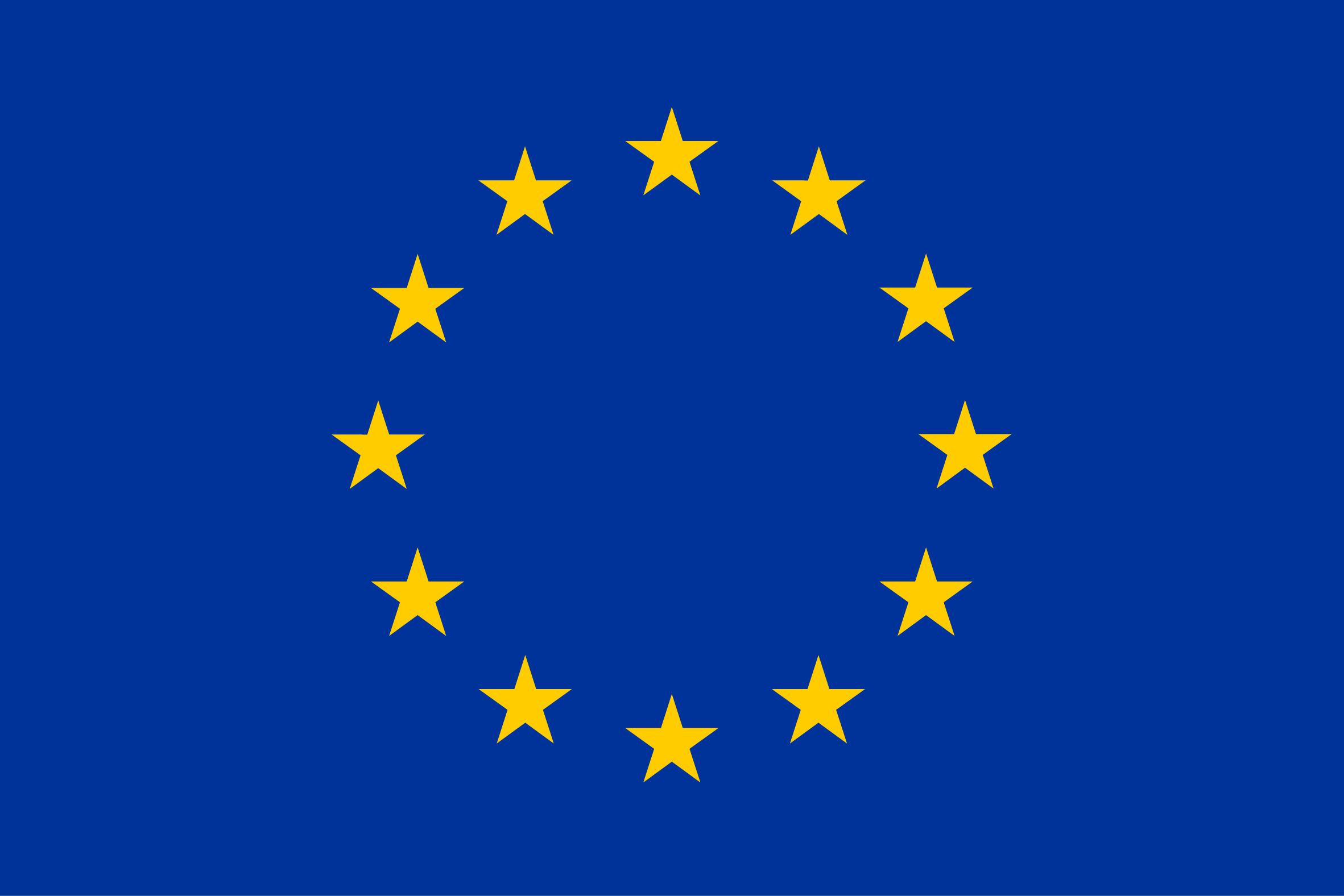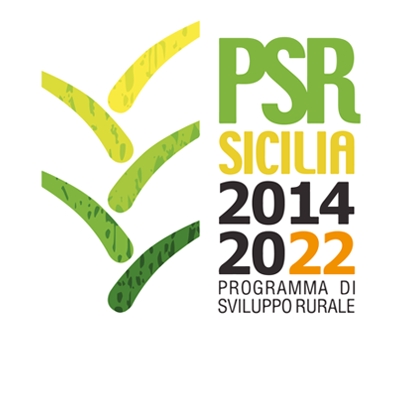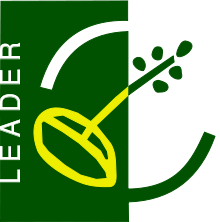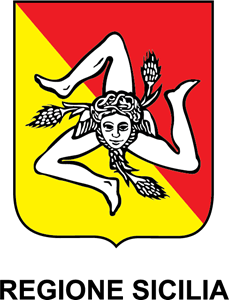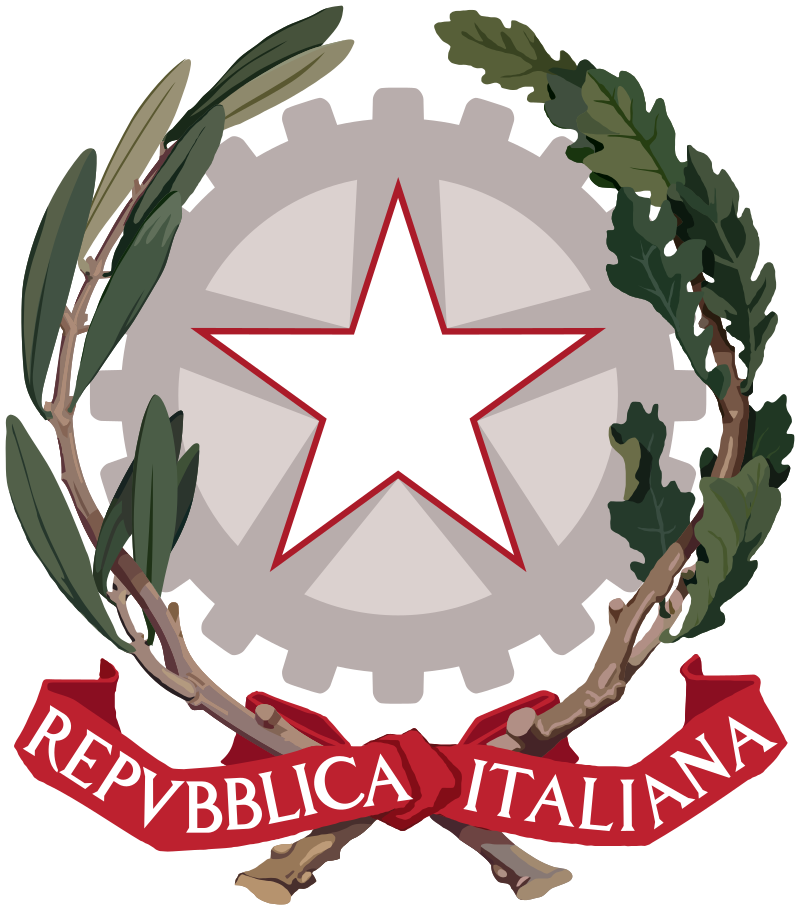Catalan
Country
Specie
ISO3
FRA
Other name
Chèvre des Albères
Breed classification (adaptedness)
Native
Breed classification (geographic)
Local
Color comments
uni coloured: red, black <br> multi coloured: pied
Domestication status
domestic
Taxonomic classification
Variety
Location within country
South-eastern Pyrenees Orientales
Local cryo conservation status
No Information
Local Risk
Extinct
Detailed local risk status
Extinct
Boer
Country
Specie
ISO3
FRA
Language
fr.
Transboundary name
Boer
Breed classification (adaptedness)
Exotic
Breed classification (geographic)
International
Local cryo conservation status
No Information
Local Risk
Unknown
Detailed local risk status
Unknown
International Transboundary Risk detailed
Not at Risk
Blanche des Cévennes
Country
Specie
ISO3
FRA
Language
fr.
Other name
Cévennes White
Breed classification (adaptedness)
Native
Breed classification (geographic)
Local
Domestication status
domestic
Taxonomic classification
Variety
Location within country
central France
Local cryo conservation status
No Information
Local Risk
Extinct
Detailed local risk status
Extinct
Angora
Country
Specie
ISO3
FRA
Language
eng.
Transboundary name
Angora
Breed classification (adaptedness)
Locally adapted
Breed classification (geographic)
International
Color comments
uni coloured: white
Number of horns males
2
Number of horns females
2
Other specific visible traits
small-sized, small head in proportion to the body
Domestication status
domestic
Taxonomic classification
Breed
Description of origin
imported from Turkey
Import
since 1980 from Angora (USA, Canada)
Location within country
Aquitaine, Midi-Pyrenees
Local cryo conservation status
Not Sufficient
Local Risk
Unknown
Detailed local risk status
Unknown
International Transboundary Risk detailed
Not at Risk
Alpine
Country
Specie
ISO3
FRA
Language
fr.
Transboundary name
French Alpine
Other name
French Alpine, alpine chamoisée
Breed classification (adaptedness)
Native
Breed classification (geographic)
International
Additional information
In 2004, Of all the goat breeds in France two ( the Alpine and French Saanen) account for 97% of the national flock.
Additional information comments
Some specific genetic features (Casein alpha-S1, Debit) are reported for this breed.
Color comments
uni coloured: yellow
Number of horns males
2
Number of horns females
2
Wither height males
100
Wither height females
80
Weight males
80.00
Weight females
60.00
Other specific visible traits
hair
Herdbook
y
Taxonomic classification
Breed
Description of origin
autochthon breed of French-Swiss Alpine
Year of origin
1800
Import
since 1965 up to 1970 from British Alpine (United Kingdom), German Improved Fawn (Germany), Chamois Coloured (Switzerland)
Local cryo conservation status
Not Sufficient
Local Risk
Unknown
Detailed local risk status
Unknown
International Transboundary Risk detailed
Endangered
Fiji
Country
Specie
ISO3
FJI
Transboundary name
Fiji
Breed classification (geographic)
Regional
Color comments
comment: various colours
Number of horns males
2
Number of horns females
2
Weight males
45.00
Weight females
32.00
Domestication status
domestic
Taxonomic classification
Breed
Description of origin
mixed origin (including Anglo-Nubian, Indian, Swiss)
Year of origin
0
Local cryo conservation status
No Information
Local Risk
Unknown
Detailed local risk status
Unknown
Regional Transboundary Risk (detailed)
Unknown
Suomenvuohi
Country
Specie
ISO3
FIN
Language
fin.
Other name
Finngoat
Breed classification (geographic)
Local
Adaptability to specific environment
Adapted to the local habitat and production purposes.
Color comments
uni coloured: brown, white <br>multi coloured: black, grey, brown, white spotted or saddled
Number of horns males
0
Number of horns females
0
Wither height males
70
Wither height females
60
Weight males
68.00
Weight females
50.00
Domestication status
domestic
Taxonomic classification
Breed
Description of origin
The current Finnish Landracegoat population has been created by mixing the indigenous breed Finnish goat with European, mostly Swiss, breeds. There has not been any importation of genetic material for the last 30 years.
Import
since 1960, < 5% from Norwegian, Norway
Location within country
Western Finland. The Finnish Landrace is the only goat breed found in Finland
Local cryo conservation status
No Material
Local Risk
At Risk
Detailed local risk status
Vulnerable
Woyito-Guji
Country
Specie
ISO3
ETH
Language
English
Description
Woyto-Guji goats are known to be related to the Arsi-Bale types.
Breed classification (adaptedness)
Native
Breed classification (geographic)
Local
Color comments
They are characterized as covered with shiny and smooth hair of various colors predominantly reddish-brown appearing in a patchy pattern with black or brown stripes running along the back
Number of horns males
2
Number of horns females
2
Horn shape size and comments
Both most males and females are horned which is oriented backward or upward and sometimes laterally but some are polled
Weight females
29.10
Other specific visible traits
They are medium-sized goat having small head with mostly straight-to-concave facial profile and wattles but males have beards and ruffs.
Herdbook
n
Domestication status
domestic
Taxonomic classification
Breed
Description of origin
indigenous breed
Location within country
These goats inhabit a wide area extending from South Omo to southern Sidama and Wolayita. Woyto-Guji goats are also found in trypanosomiasis affected areas in and along the Gelo valley to the south of Lake Abaya and other adjacent areas.
Local cryo conservation status
No Material
Local Risk
Unknown
Detailed local risk status
Unknown
Toggenburg
Country
Specie
ISO3
ETH
Transboundary name
Toggenburg
Breed classification (geographic)
International
Number of horns males
0
Number of horns females
0
Domestication status
domestic
Taxonomic classification
Breed
Description of origin
imported; exotic
Location within country
Alemaya and Debub Universities.
Local cryo conservation status
No Material
Local Risk
Unknown
Detailed local risk status
Unknown
International Transboundary Risk detailed
Not at Risk
Keffa
Country
Specie
ISO3
ETH
Language
English
Description
Keffa goat is related to the Western Highland goats
Breed classification (adaptedness)
Native
Breed classification (geographic)
Local
Color comments
having dominant colors of black or brown
Number of horns males
2
Number of horns females
2
Horn shape size and comments
Most males have straight and backward oriented horns
Weight females
28.20
Other specific visible traits
This breed has been characterized as relatively short and it has a straight facial profile. Males have beards and ruffs and in some goats observed Wattles.
Herdbook
n
Taxonomic classification
Breed
Description of origin
indigenous breed
Location within country
Distributed in the highlands and lowlands of Keffa and South Shewa zones of the southern region.
Local cryo conservation status
No Material
Local Risk
Unknown
Detailed local risk status
Unknown
